What are Blackheads and How to Prevent Them
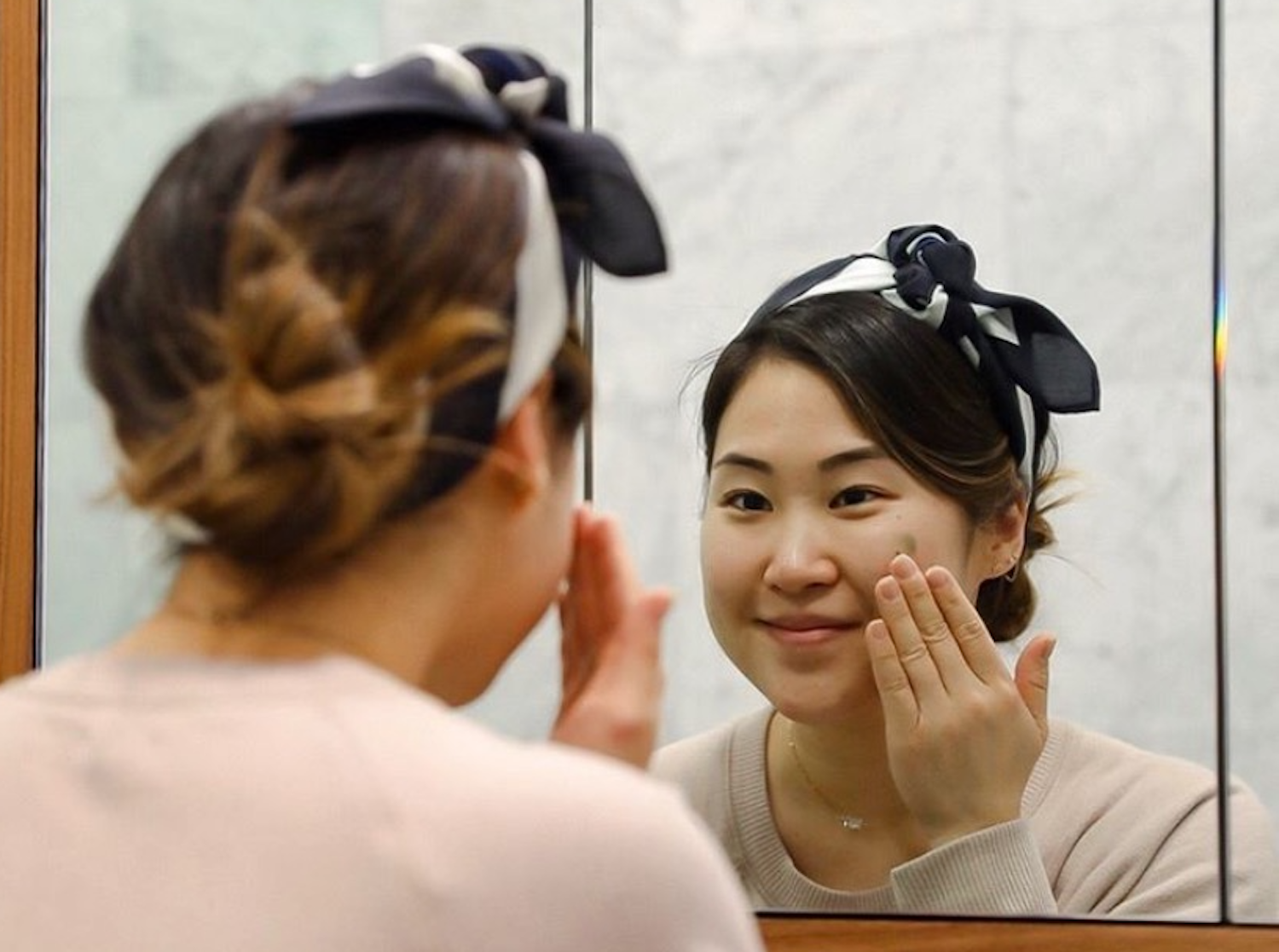
Acne isn’t just a condition that affects teens going through puberty, many adults also struggle with the confidence-deflating condition. In fact, up to 50 million Americans are affected by acne each year.
There are many types of acne but one of the most common acne symptoms reported are blackheads. From mild to severe cases, blackheads are almost always present in the skin of acne patients. While their dark color makes them annoying and noticeable, it also makes it easy to diagnose and treat.
The first step to clear skin is understanding your skin condition. As an authority on treating acne, we’ve created a comprehensive guide on blackheads. We’ll answer your most pressing questions including: “what are blackheads?”, “what causes blackheads?”, and “what is the best way to treat them?” so you can achieve your clear skin goals.
- What are blackheads?
- How is acne classified?
- What causes blackheads?
- How can I prevent blackheads?
- How to treat blackheads
- Key Takeaways

What are Blackheads?
So what is a blackhead exactly? Blackheads are a mild acne lesion found on the skin that look like small, dark bumps. Blackheads occur when pores become clogged. Each pore on your skin—referred to medically as pilosebaceous units—contains a hair follicle and sebaceous (oil) gland. This sebaceous gland produces sebum, an oily substance that helps keep the skin hydrated and soft.
An excess of sebum production can result in a plug at the top of the pore, and when a plug is formed, sebum builds up, catching and collecting dead skin cells and bacteria on its way. This can result in a comedo, also known as a single acne lesion, which can either be open or closed.
Blackheads are one of two types of comedones. A blackhead refers to an open comedone, in which the plug of a clogged pore is open to the air on the surface of the skin. Unlike pimples, blackheads are not painful because there is less inflammation involved with this type of comedo blockage.
Where Do Blackheads Appear?
Blackheads are often prevalent on the face because the skin found there contains a higher concentration of oil glands. Many find blackheads populate their T-Zone, which refers to the forehead, nose, and chin. However, these open comedones can appear on various parts of the body, including the chest, neck, back, and buttocks.
Why Are Blackheads Black?
Blackheads get their name from the dark hue that characterizes the top of the comedo. The name can be deceiving however, blackheads can develop in a range of colors, including gray, yellow, brown, and black. Many mistakenly attribute these colors to the presence of dirt inside pores, but it’s actually a case of oxidation.When melanin—found in the sebum produced by our oil glands—makes contact with the air at the top of the open comedo, it is oxidized. This turns the blackhead a dark color. If it is not fully oxidized, the blackhead will appear more yellow.

What's the Difference Between Blackheads & Whiteheads?
So now that we’ve answered “what are blackheads” and explained how they develop, you might be wondering “what are whiteheads then?”. While both are pores clogged with sebum, dead skin cells, and bacteria, whiteheads do not expose the tip of the plug and their contents may not harden in the way that blackheads do. That’s because these comedones remain covered by a thin layer of skin.
How Is Acne Classified?
Acne is diagnosed in terms of severity and can range from mild to moderate to severe. While blackheads and whiteheads on their own are classified as the mildest type of acne, they can be present in moderate and severe acne cases, as well. To better treat your overall acne condition, including blackheads, it is important to determine the severity of your case.
Mild Acne
Those with mild acne only have a few blemishes, specifically less than 30 lesions, which could include blackheads, papules, and pustules. Typically, mild acne doesn’t require dermatologist treatment.
Moderate Acne
Moderate acne is diagnosed if 20 to 100 blackheads and/or whiteheads and 15 to 50 inflammatory lesions are present. In total, skin with moderate acne exhibits 30 to 125 lesions.
Severe Acne
Those who suffer from severe acne, also known as cystic acne, will have over 100 comedones and more than 50 inflammatory lesions. In total, the skin exhibits over 125 acne lesions.
Dermatologists may classify acne on various scales, examining a patient’s skin against standard photographs to help determine the appropriate grade of severity, which allows them to better prescribe effective treatment.
What Causes Blackheads?

Just as the severity of acne varies, the causes do, too. If you have blackheads on your face, you’re probably desperate to figure out what causes blackheads and how you can get rid of them. Blackheads, and all forms of acne for that matter, can be caused and exacerbated by several factors, including hormones, genetics, and stress.
Whether you only have blackheads or you've developed cystic acne, understanding what causes blackheads and acne breakouts will help you better treat them.
Hormones
One of the most common causes of blackheads and other types of acne lesions is hormone fluctuations. When hormones fluctuate, it leads to excess sebum production which clogs pores and creates breakouts. Some life events that cause hormone fluctuations include puberty, menstruation, and pregnancy.
Puberty
The hormonal changes experienced during puberty are the most common trigger for hormonal acne. When children reach puberty, the body begins to pump out higher levels of hormones. As we know, this uptick in androgen levels creates buildup and breakouts, including blackheads. These types of lesions can then worsen and become papules, pustules, nodes, and cysts depending on the bacteria present.
For many people, acne clears up after puberty. However, if your acne is persistent, you may want to discuss treatment options with your dermatologist.
Menstruation
Many women may find their acne and prevalence of blackheads worsens during or before their period. This is because the body experiences many hormonal fluctuations at this time. When estrogen levels decrease, progesterone levels increase. When progesterone increases, the oil glands in the skin produce more sebum.
Menstruation-related acne usually begins between two and seven days before a woman’s period and ends once progesterone levels readjust.
Pregnancy
Many women discover that their acne worsens, or appears for the first time during pregnancy. Acne usually manifests during the first trimester.
However, it is important to proceed with caution when treating breakouts while pregnant. You should stop using acne medication if you become pregnant and schedule an appointment with your dermatologist as soon as possible.
Birth Control Pills
Does birth control cause acne? While some women find that their acne clears up after beginning birth control, some of these prescriptions may worsen breakouts. This is because most birth control pills help lower androgen levels which in turn, reduces sebum production and clears the skin. However, birth control pills that contain high levels of progestin can increase the appearance of blackheads, along with other lesions.
Several studies have actually shown that oral contraceptives are an effective treatment for acne. Specifically, the FDA has approved Ortho Tri-Cyclen, Estrostep, and YAZ for acne treatment. To help reduce blackheads and lesions, you need a birth control with a sufficient amount of estrogen.
If you believe your birth control may be contributing to blackheads and other blemishes, you may want to speak with your doctor to see if you should change prescriptions.
Genetics
Whether you suffer from acne, and how severe your breakouts are, is closely tied to your genetics. Acne is hereditary, meaning if your parents suffered from bad breakouts, you likely will too.
Additionally, your immune system can determine how bad your acne is. According to FamilyDoctor.org, if you happen to be highly sensitive to bacteria, you can expect to suffer more breakouts.
Stress
Researchers and dermatologists alike have seen a correlation between high stress and acne breakouts in various studies and patients. While stress isn’t considered a direct cause, it can contribute to the severity and frequency of breakouts.
If you suffer from blackheads and other blemishes and tend to be stressed, finding ways to reduce your stress can work wonders for your acne. Exercise and meditation are popular stress-relieving activities.
Sun Exposure
Did you know blackheads and whiteheads can be caused by sun exposure? These acne lesions are known as solar comedones—you may be familiar with these types of breakouts if you’re a fan of Dr. Sandra Lee, best known as Dr. Pimple Popper who often extracts them on her show.
Protecting the delicate skin on your face by wearing sunscreen and reducing sun exposure should help you prevent the development of solar comedones which usually become more prevalent with age. Doing so can only benefit you because it can also help prevent a variety of skin conditions, including skin cancer.
Excessive Sweating and Heat
Sweat does not necessarily cause blackheads and other acne, but it can contribute to your breakouts. If you feel like you’re breaking out more, or worse, since you started working out more intensely, it could be for a variety of sweat-related reasons.
You might be exposed to acne-causing bacteria on gym equipment or your hair touching your face, the excessive humidity could be worsening your acne, or you could be letting sweat filled with bacteria sit on your face too long after you’ve finished your workout. Since tight clothing can also trap sweat and bacteria, you don’t want to wear your workout clothes around after you’re done exercising.
Now that you know what causes blackheads, keep these factors in mind while working out to help control your breakouts.

Diet
While people have been quick to point the finger at greasy foods, diet alone does not cause acne. This is why you might still get blackheads, even when you eat healthy.
While the relationship between diet and acne is still majorly a topic of debate, there are certain foods that can impact your complexion. Some foods can contribute to inflammation and sebum production because they cause spikes in your blood pressure; while others like those that fall into a low-glycemic index diet, could help your skin. If your blackheads are bothering you, consider making some changes to your diet to see if it helps.
What’s the Deal with Sebaceous Filaments?
When trying to answer the question: “what are blackheads?” it's important to differentiate blackheads from sebaceous filaments. Many mistakenly believe they are dealing with blackheads, because sebaceous filaments appear similar to this acne symptom. However, these are merely a natural part of every hair follicle.
In every follicle, sebum is created and pushed out through the pore. This is healthy, as this sebum lubricates the skin and keeps it feeling and looking its best. Sebum controls the size of your pores. The more sebum created, the larger the pore appears as it stretches to expel it from the skin.
What differentiates sebaceous filaments from blackheads is that blackheads result from an infection. Sebaceous filaments are not related to acne.
If you spend hours upon hours examining your face close up in the mirror poking at your nose, you may want to stop. Why aren’t those dots on your face disappearing? That may be because they aren’t blackheads at all. Those little black spots that appear on your T-Zone and chin may actually be sebaceous filaments. Sebaceous filaments are glands that channel oil around your pores. Those dark dots? Just the ends of the filaments. Everyone has them and they’re important to keep skin balanced and moist.
How Can Tell Which is Which?
Now you may be second guessing. Fortunately, there are easy ways to tell them apart, and once you know them you’ll be able to tell right away. First, know that blackheads on your nose aren’t nearly as common as sebaceous filaments. Blackheads tend to follow a random pattern or are totally isolated. Sebaceous filaments, however, have a uniform pattern across the T-Zone. Blackheads are easily identifiable because they are large and dark, whereas sebaceous glands are small and grey. Overall, blackheads are more noticeable to the naked eye.
Determining whether those dark spots on your nose, forehead, or chin are blackheads or sebaceous filaments requires knowledge of a few characteristics:
- Blackheads tend to be darker, while sebaceous filaments almost always appear to be the color of the surrounding skin or gray.
- Sebaceous filaments are evenly distributed and you’ll find many in one area; blackheads are most commonly single lesions that appear sporadically.
- Blackheads typically feel rough while sebaceous filaments are usually smooth and flush with the skin.
Can You Get Rid of Sebaceous Filaments?
Unfortunately, there’s no way to permanently get rid of sebaceous filaments. While they can be expelled, which is popularly done by Dr. Pimple Popper, the glands will usually fill up within a matter of 20 to 30 days.
Squeezing them out of the skin on your own can also cause damage to the cells, resulting in larger pores and infection that can lead to acne. If you’re concerned about the appearance of sebaceous filaments or blackheads you should speak with your dermatologist.
Can You Get Rid of Blackheads?
Fortunately, you can get rid of blackheads. Learning how to get rid of blackheads on your nose, chin, or forehead may mean trying a variety of treatment options. There are a wide array of treatments for getting rid of blackheads that have proven effective, including:
- Topical Application
- Manual Removal
- Light Therapy
- Laser Therapy
- Chemical Peels
- Microdermabrasion
Read more in the Blackhead Prevention and Treatment section below.
How Can You Prevent Blackheads?
Blackheads are generally easy to self-diagnose because they have such distinct characteristics. On their own, blackheads aren’t usually a cause for concern or reason enough to go see your dermatologist. But, if you suffer from other, more serious blemishes it would be worth your while.
You might be solely focused on removing blackheads at first, but the real trick for clearer skin is prevention.
1. Wash Your Face
Preventing blackheads is as easy as maintaining a healthy skincare routine—including washing your face once in the morning and once at night, removing makeup before working out and going to bed, and avoiding touching your face with dirty hands and materials.
However, simply rinsing your face isn’t enough to tackle blackheads and breakouts. Proper face washing technique and high-quality skincare products, like those made by bioClarity, are the key to preventing the buildup of bacteria and clogged pores.
2. Rethink Your Products
Since excess oil contributes to the development of blackheads, you want to make sure you’re using products that are oil-free or “non-comedogenic”. Make sure you’re checking the labels on your:
- Moisturizer
- Sunscreen
- Makeup
- Body lotion
While it might seem like using face moisturizer when you have oily skin could make your problem worse, you don’t want your skin to become dry because that can also trigger excess sebum production. To help prevent blackheads, try our vegan moisturizer which hydrates your skin without leaving it greasy.
3. Exfoliate Regularly
Dead skin cells are also part of the buildup in the pores that contributes to blackheads. To prevent too much dead skin from accumulating, use a vegan exfoliator. However, when using exfoliating scrubs and masks you need to be cautious—certain ingredients and overuse can irritate your skin.
With prescription-grade salicylic acid, our acne treatment gel is gentle yet effective with the power to clear oil, dirt and bacteria from your pores. With consistent usage, you can reduce the severity of your blackheads and prevent future breakouts. Plus, it’s vegan and cruelty-free so you can feel good about using our skincare line!
How Do You Treat Blackheads?
If you aren’t seeing a reduction in blackheads on your face after using these preventive methods, there are treatment options you can try.
What Doesn’t Work:
Before we get into treating blackheads, it’s important to clarify which methods aren’t effective or should be avoided completely to prevent damage to your skin.
Self-Extractions

First and foremost, we must stress the importance of resisting the urge to do self-extractions on your blackheads. Understandably, it can be tempting to squeeze the buildup out of your pores, but doing so can wreak havoc on your skin. Self-extraction can leave your skin inflamed, open it to infection, and even susceptible to acne scarring.
Pore Strips
Pore strips are a popular consumer blackhead removal method but they don’t do much in the form of treating blackheads. While they can remove the tip of the plug; all of the oil, skin, and bacteria built up in the rest of the pore is left intact, meaning your problem will reappear shortly. Pore strips can temporarily make pores appear smaller, but it’s important to note that they don’t do anything to stop the recurrence of blackheads.
Aggressive Washing
Many mistakenly believe that blackheads can be cured through rigorous washing and cleansing, but this actually aggravates the skin and can worsen acne symptoms. Washing your face twice a day is a good first step to slough off dead skin cells and keep pores clean.
What Works
Of course, there are also treatments that have been proven effective to remove blackheads. Let’s dive into how to fight acne and get rid of annoying blackheads for good.

Topical Treatments
While a good skincare and face-washing routine can do wonders for blackheads, you may also want to try a topical treatment. Topical medications target either bacteria or oil within the skin and can be applied directly to the skin to help you overcome this pesky condition. There are over-the-counter topical treatments but others require a prescription.
Depending on whether you just have blackheads or need to clear-up other acne blemishes, your dermatologist can prescribe the best topical treatment for you.
Clogged or Congested Pores?
A transformative pore purifying masque for a refreshed, tighter, toned appearance.
Get Refreshed
Removal by a Dermatologist
Dermatologists can use a special instrument called a round loop extractor (sometimes referred to as a comedo extractor) to remove blackheads. During the procedure, they’ll apply pressure to the skin by applying the extractor around the comedo, essentially pushing the skin surrounding the pore. This forces the contents of the pore up and out of the skin. Your dermatologist will then push from various angles to ensure all the buildup is removed from the pore.
As we mentioned before, you should never attempt to remove blackheads at home with your fingers. Your dermatologist will use specialized techniques and sterilized tools to prevent damage to your skin.
Light and Laser Therapy
Light and laser treatments like IPL therapy can minimize the appearance of pores and reduce the incidence of blackheads. However, different therapies are needed to treat different acne conditions—while LED therapies cannot treat blackheads, they can address some blemishes.
These treatments are designed to reach deep into the skin’s surface to kill acne-causing bacteria or reduce oil that resides on the skin. Unfortunately, they can be very expensive and usually require multiple sessions. For some with excessively large pores or severe acne, it can be a beneficial route.
Chemical Peels
A chemical peel can be used to unclog pores and remove stubborn blackheads. It’s important to note that medium and deep chemical peels should only be provided by your dermatologist because they involve the application of a strong chemical solution to the skin. Chemical peels improve your complexion by triggering the top layers of the skin to peel, regenerating the skin cells underneath.
Microdermabrasion
Microdermabrasion is a non-invasive skin resurfacing treatment that uses either a diamond-tipped wand or highly pressurized crystals in combination with suctioning. This treatment helps acne by gently exfoliating the top layer of skin while simultaneously removing buildup.
This makes microdermabrasion especially effective for blackheads that seem like they just won’t go away because it removes both the plug and the contents within the pore. Like chemical peels, microdermabrasion requires multiple treatments.
You’re on Your Way to Clear, Blackhead-Free Skin
We want you to have healthy, blemish-free skin you can feel confident in. In this guide we’ve answered:
- “What are blackheads?”
- “What causes blackheads”
- “How do you treat blackheads?”
Now that you’re armed with this important information and our expert recommendations, you should be able to reduce the number of blackheads on your face and work toward a clearer complexion. Just remember, clear skin doesn’t happen overnight!
We recommend starting with preventive methods and making lifestyle changes now that you know the factors that contribute to acne. Sticking to a healthy skin routine with products that are proven to be effective is key. However, if you’re still plagued by acne, your dermatologist can help find the right treatment to improve your complexion.
Key Takeaways
- What are blackheads? Blackheads are a mild form of acne and are also known as open comedones.
- While blackheads are clogged pores that are open to the surface of the skin, whiteheads are covered by a thin layer of skin.
- What causes blackheads? Hormonal fluctuations are one of the main culprits for acne, including blackheads.
- Blackheads are dark in color because of the melanin found in sebum; once this melanin is exposed to the air at the opening of a pore, it oxidizes and turns gray or black.
- Blackheads are not usually painful, as they are a non-inflammatory type of acne.
- Never attempt to squeeze your own blackheads; it can cause more damage and worsen your acne.
- Typically, blackheads on the face can be cleared up with proper face-washing and skincare practices.
- Dermatologists can provide a variety of treatments to address stubborn blackheads and other acne blemishes.

Abby Vinas
Abby Vinas has long been an active member of the holistic health community, advocating in favor of its benefits to both our physical and emotional well-being. Her commitment to leading a healthy lifestyle has made her an authority on self-care practices. Abby is passionate about fitness, nutrition, and proper skincare, and is also an avid lover of avocado toast and dog-petting.
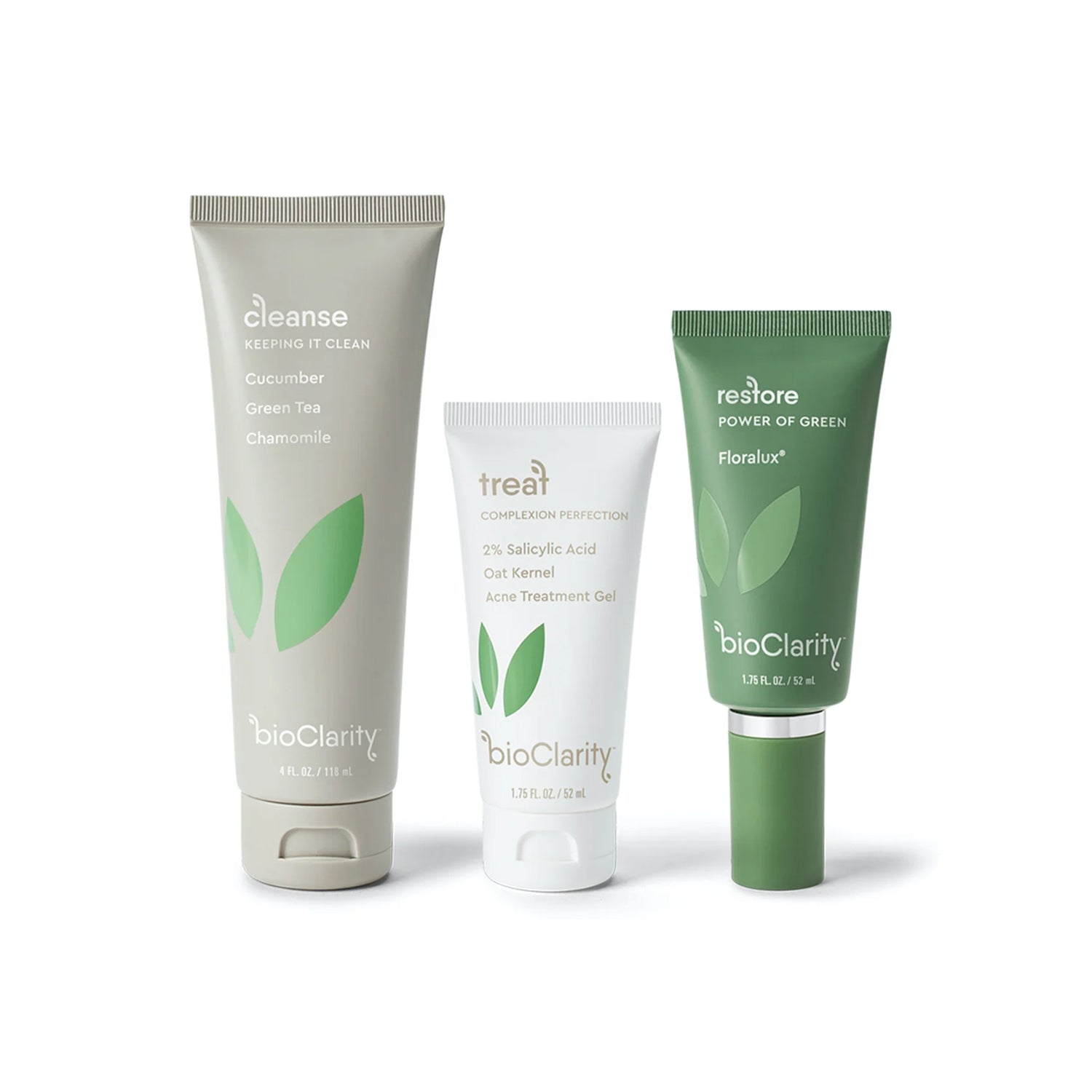
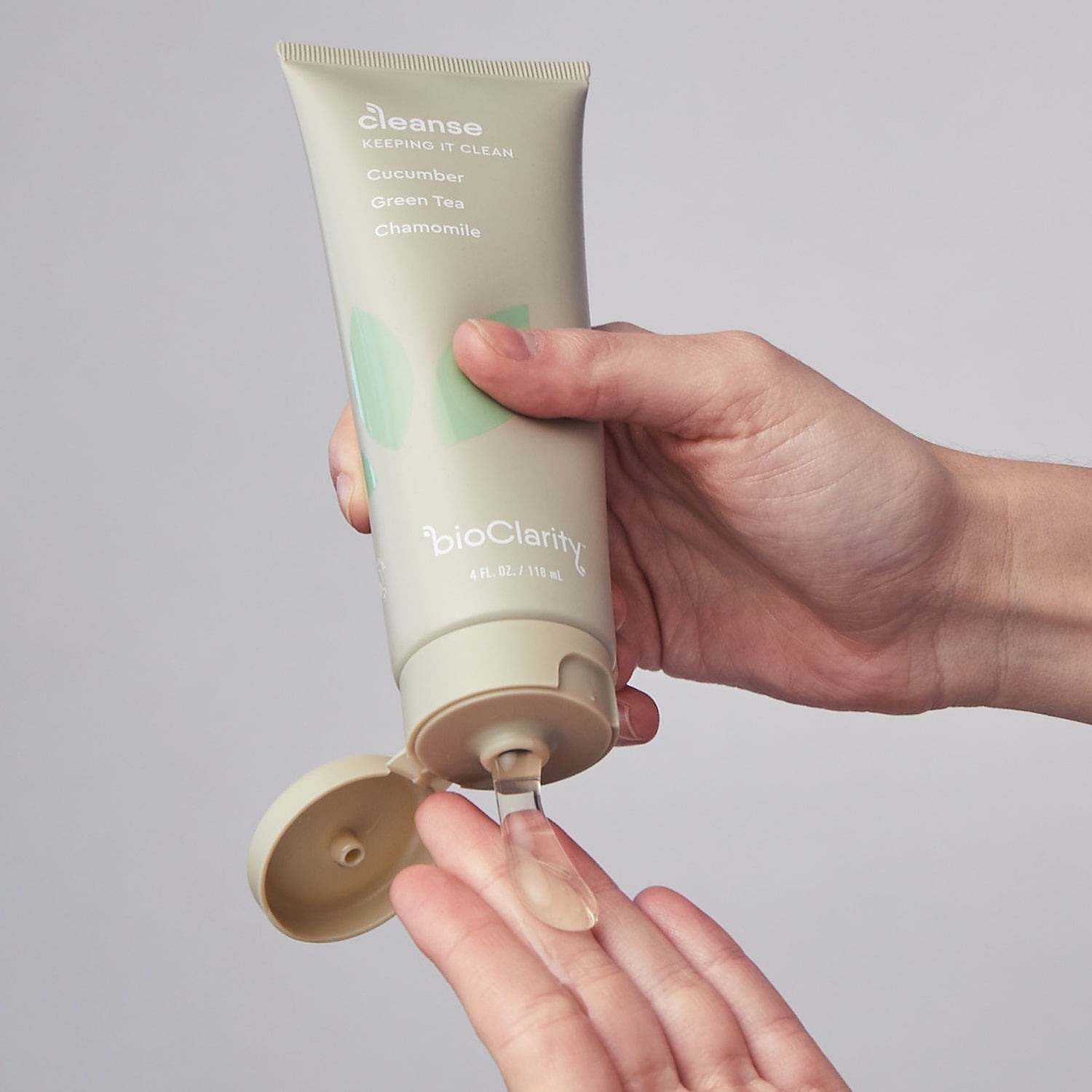
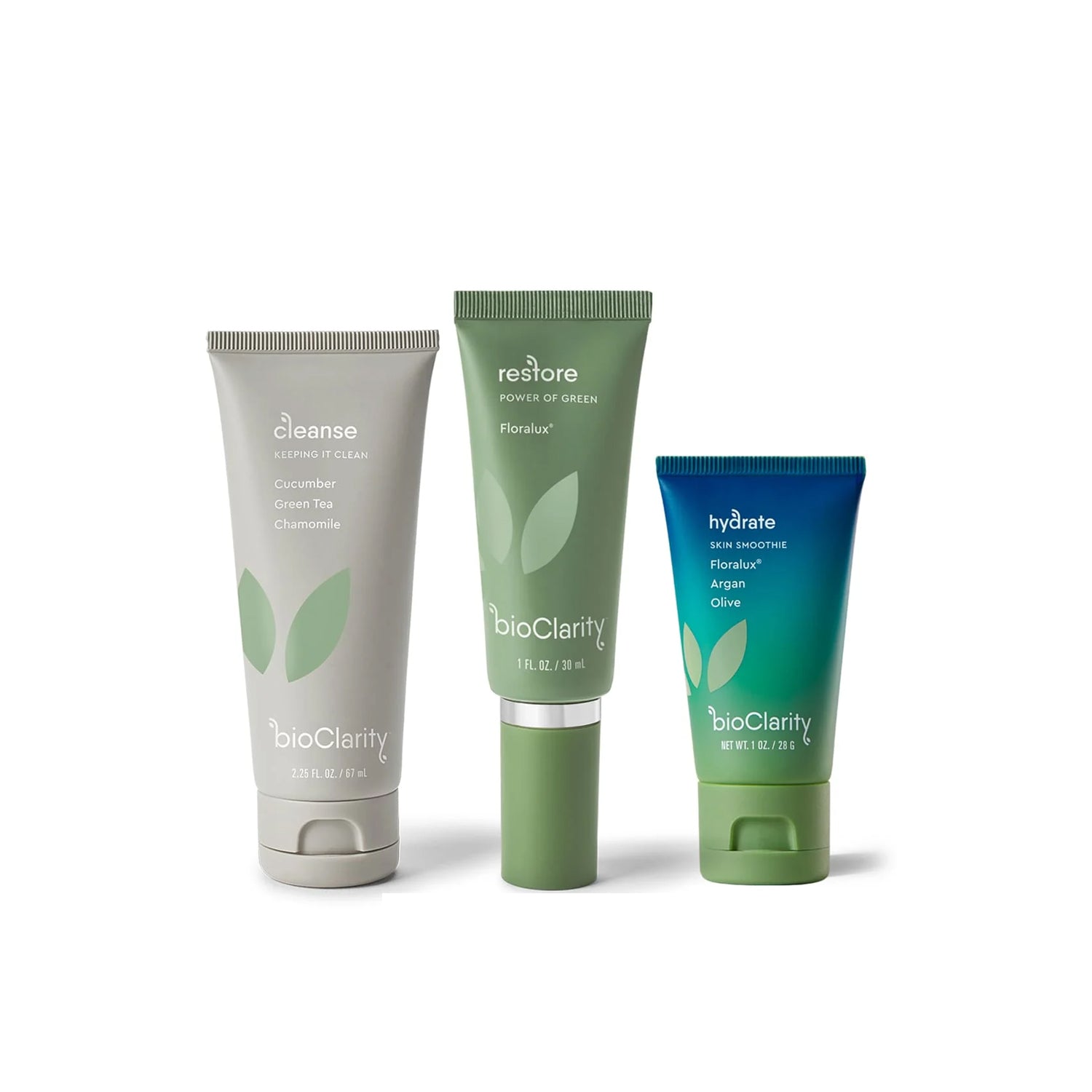
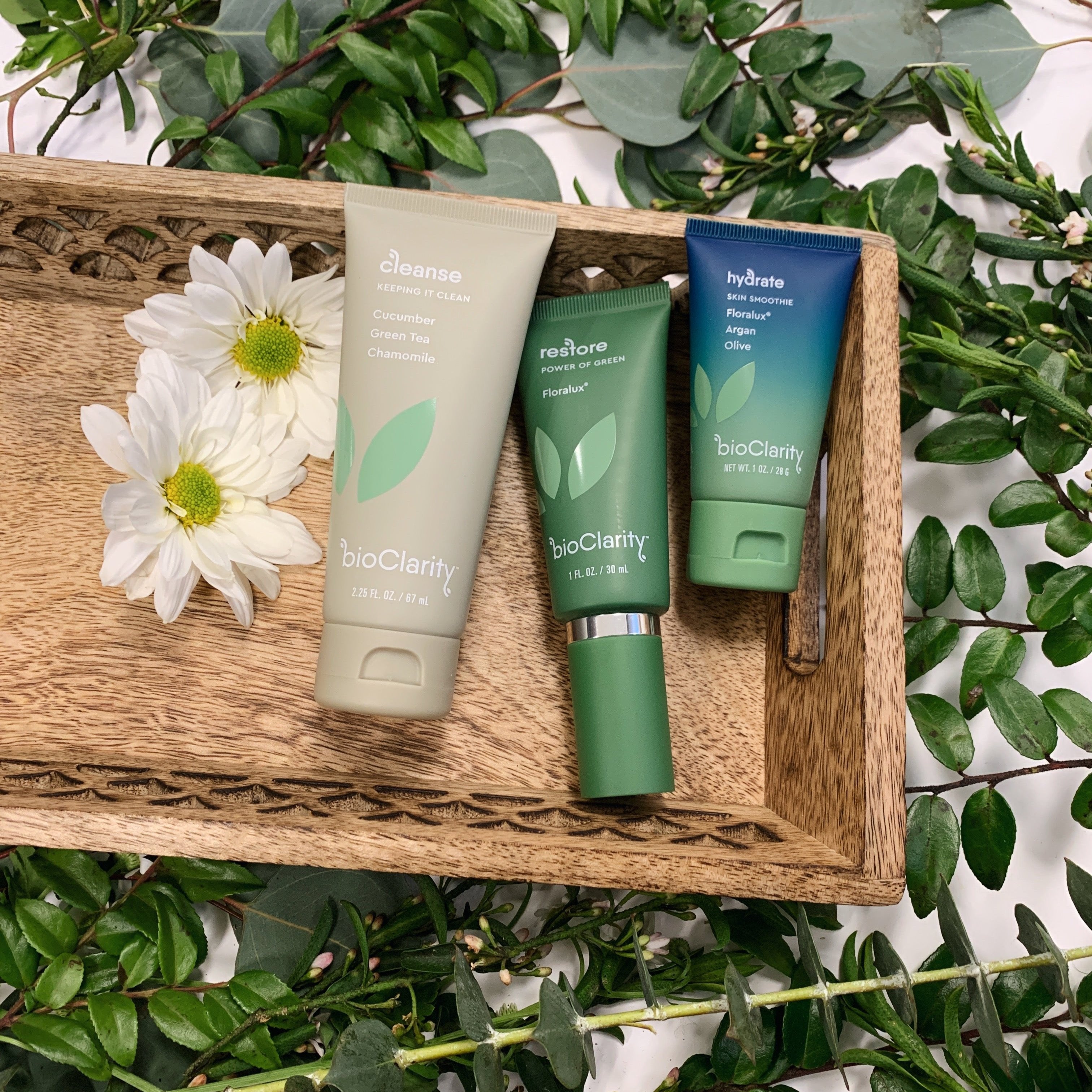
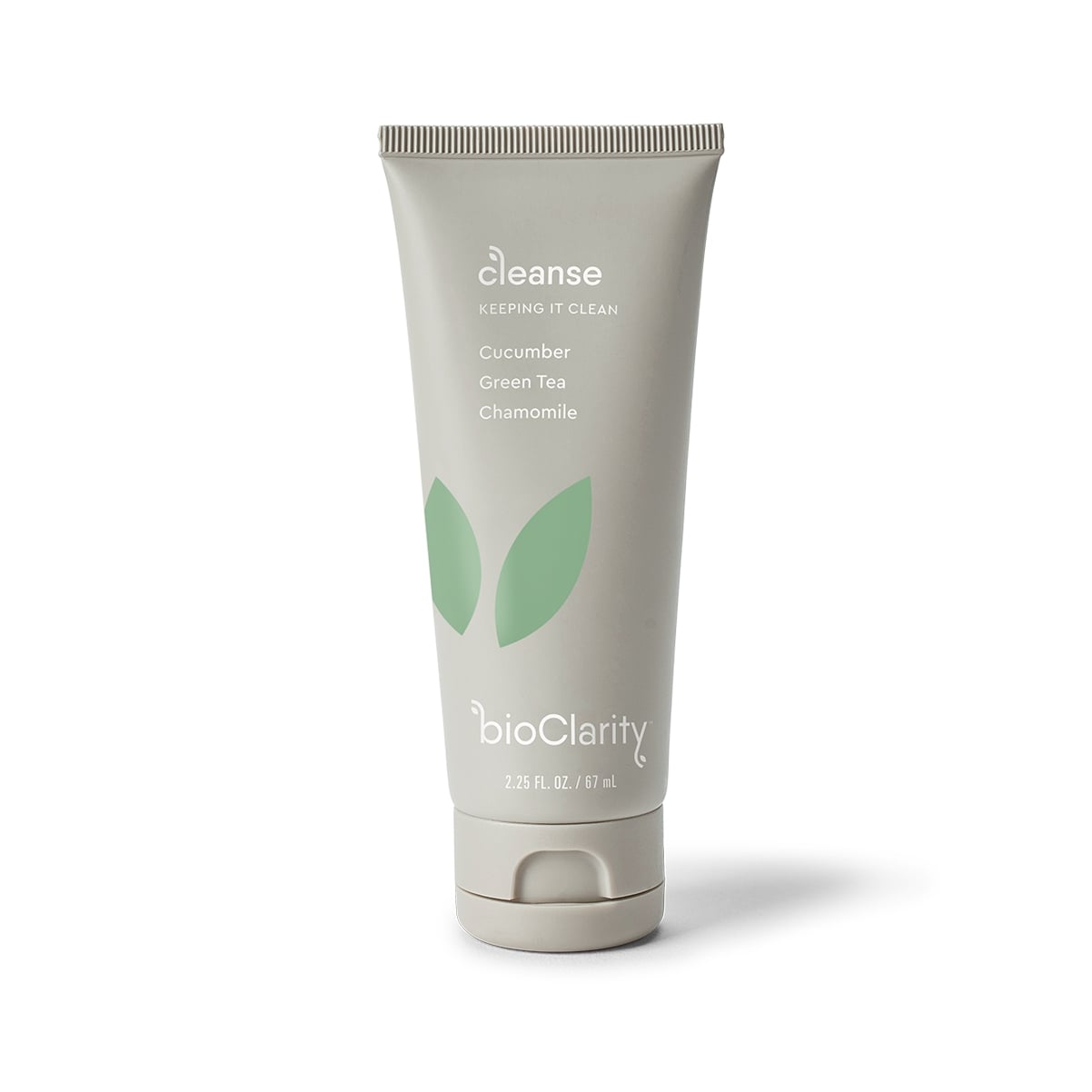
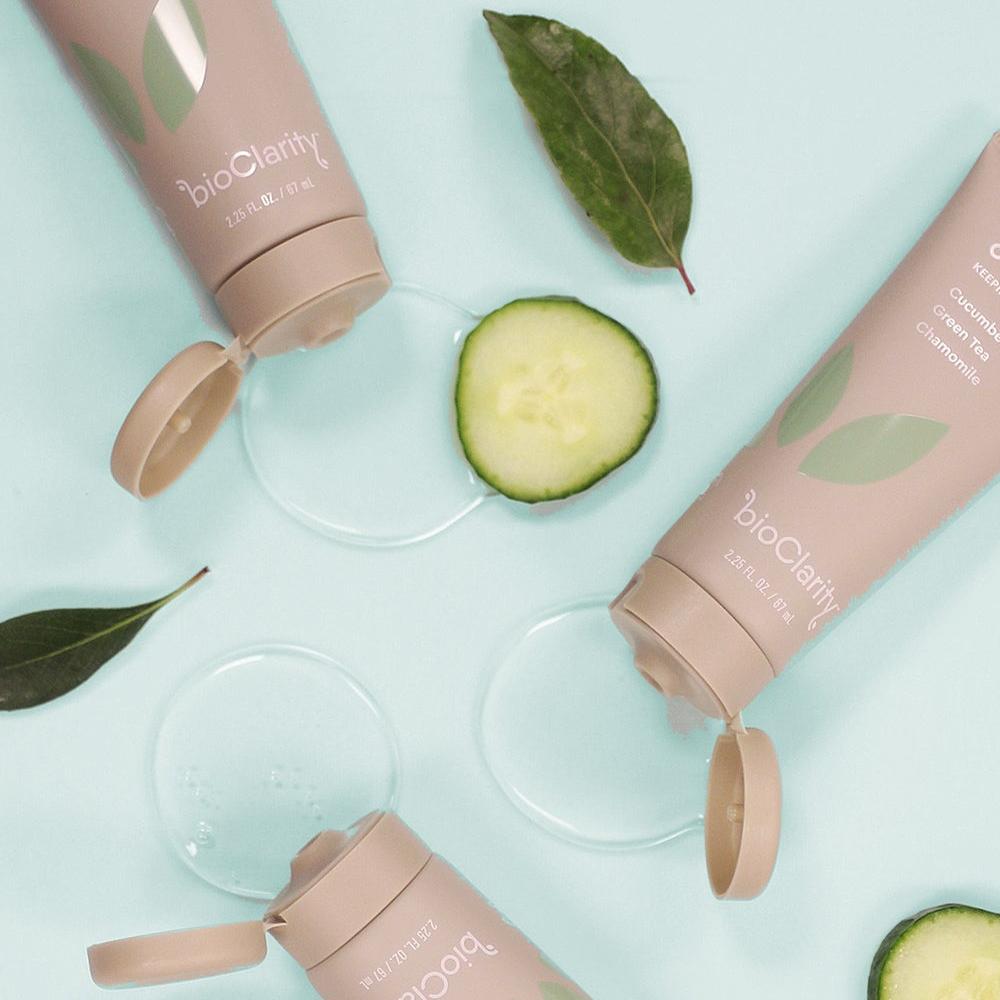


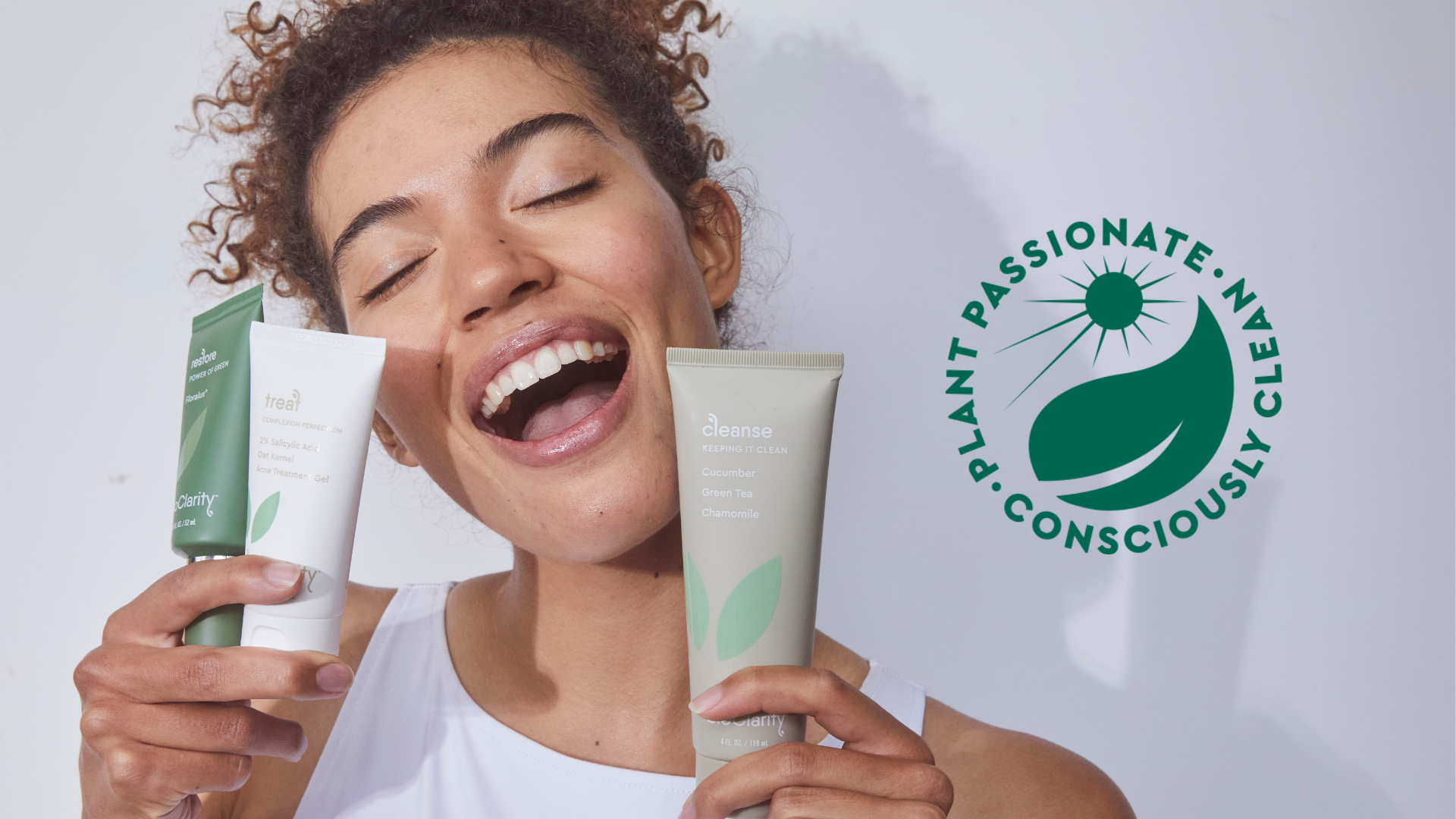
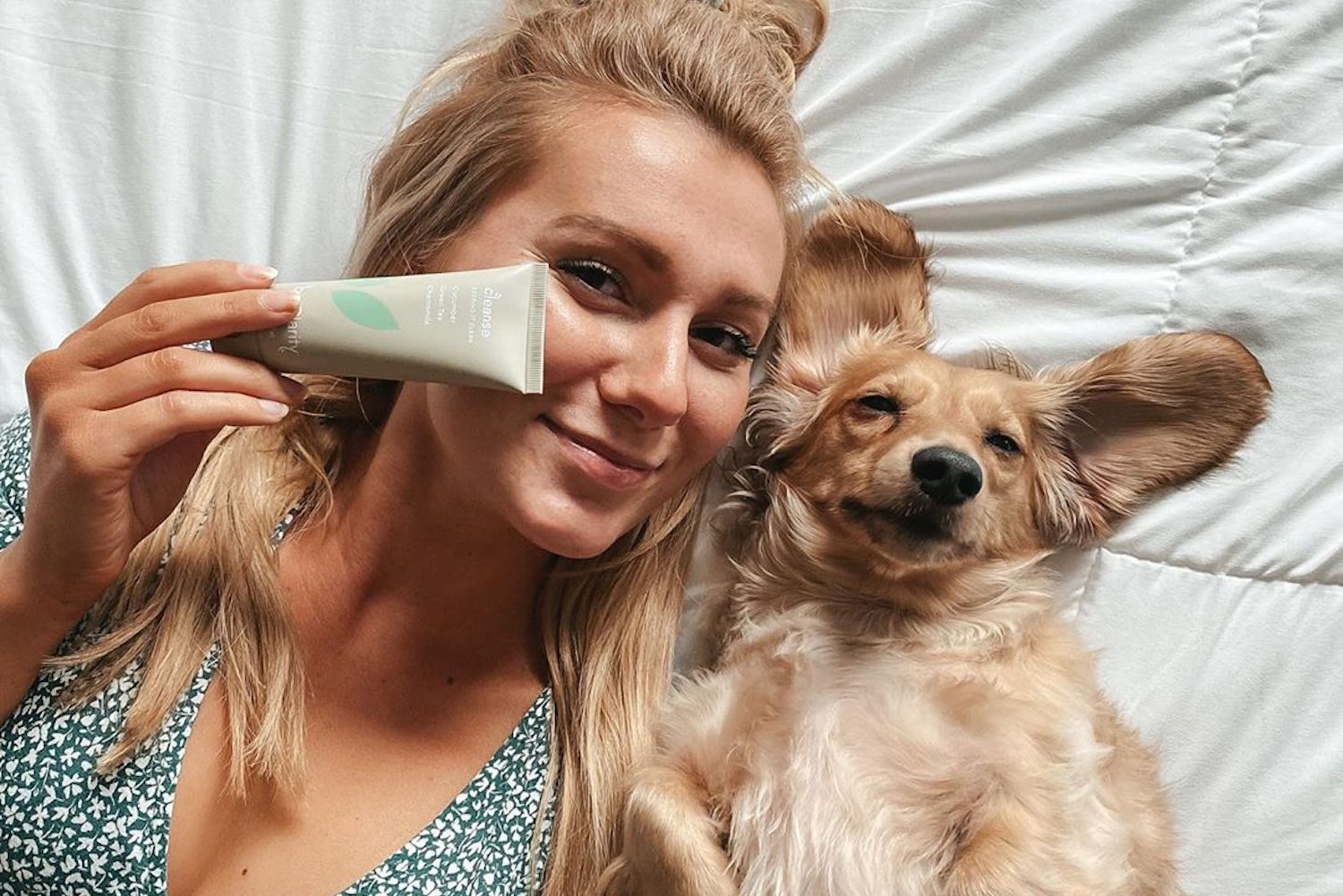
Comments
Glory —
Thanks for the informative post.
We can also adopt protragen’s easiest way to remove blackheads through its comedone suction
comedo suction tool to have healthy clear skin.
Glory —
Thanks for the informative post.
We can also adopt protragen’s easiest way to remove blackheads through its comedone suction
comedo suction tool to have healthy clear skin.